What is the tolerance range of precision screws?
What is the tolerance range of precision screws?
Service Hotline
+86760-8787 8587We have more than ten years of experience in screw industry production, the main products are: butterfly claw screw, thin flat head furniture screw, set electronic screw, blue and white zinc hexagon flange nut, black zinc nylon lock nut, ingot butterfly screw, big head Machine screws, knurled round head flat head, GB30 bolts, national standard spring washers, thin small flat washers, PA66 screws, GB2673 screws, hexagonal socket head nails, pattern washers and other fasteners, due to different product materials and specifications , the price is also different, please contact us if necessary.


⑥ Surface Treatment Zn: White Zinc C: Color Zinc B: Blue Zinc F: Black Zinc O: Black Oxide Ni: Nickel Cu: Bronze Br: Red Copper P: Phosphating
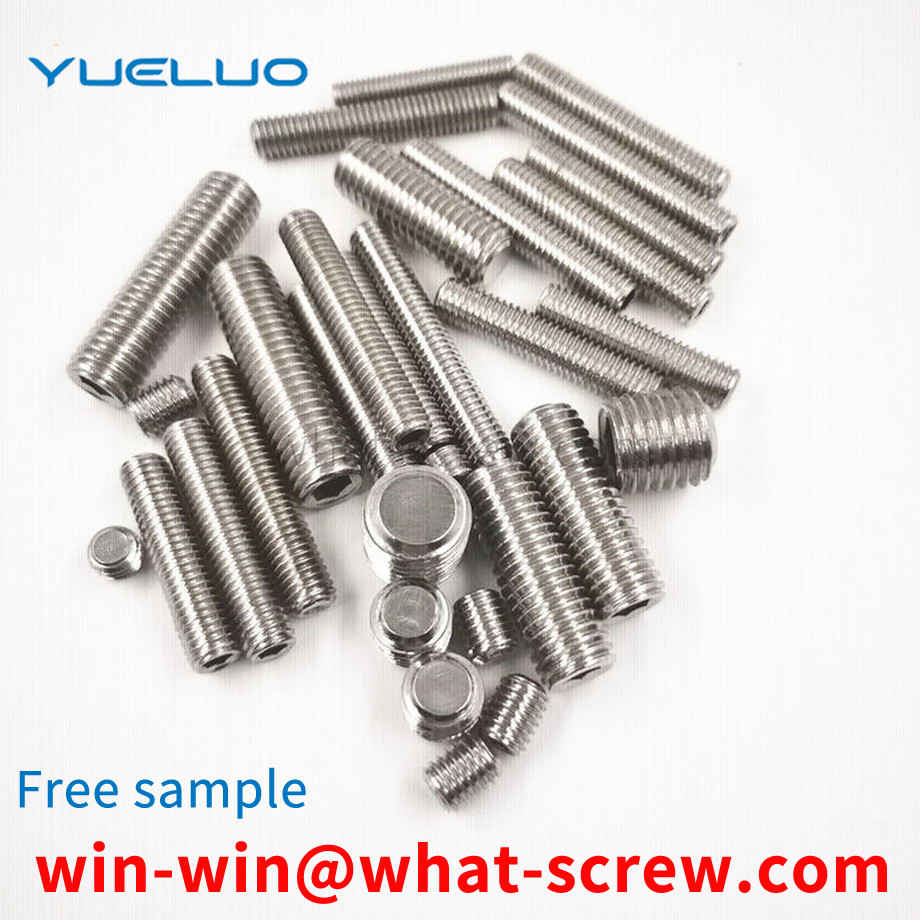
Hexagon head bolts are divided into two types: outer hexagon bolts and inner hexagon screws. According to the force mode of the connection, there are ordinary ones and those with reaming holes. The bolts used for reaming holes should be matched with the size of the holes and are used when receiving lateral force. According to the shape of the head, there are hexagonal head and round head. , square head, countersunk head, etc. Generally, the countersunk head is used in places where the surface is smooth and no protrusions are required after connection, because the countersunk head can be screwed into the part. The round head can also be screwed into the part. The tightening force of the square head can be Larger, but larger in size. Hexagons are the most commonly used. In addition, in order to meet the needs of locking after installation, there are holes in the head and holes in the rod. These holes can prevent the bolts from loosening when they are subjected to vibration.
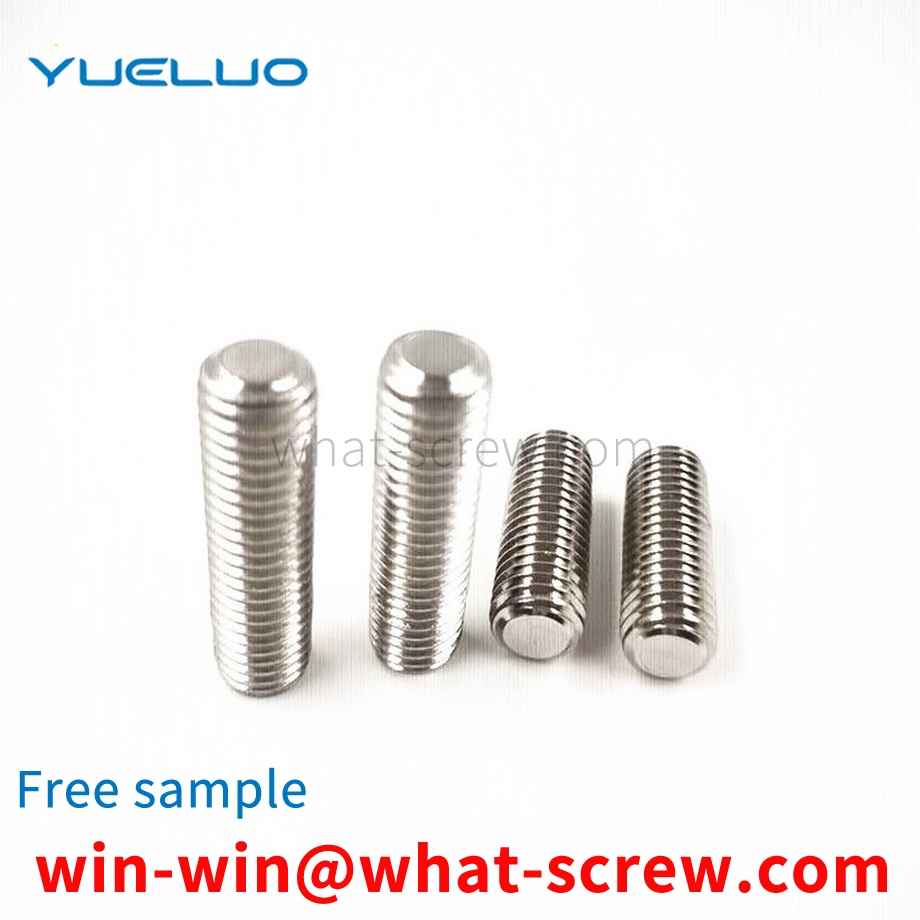
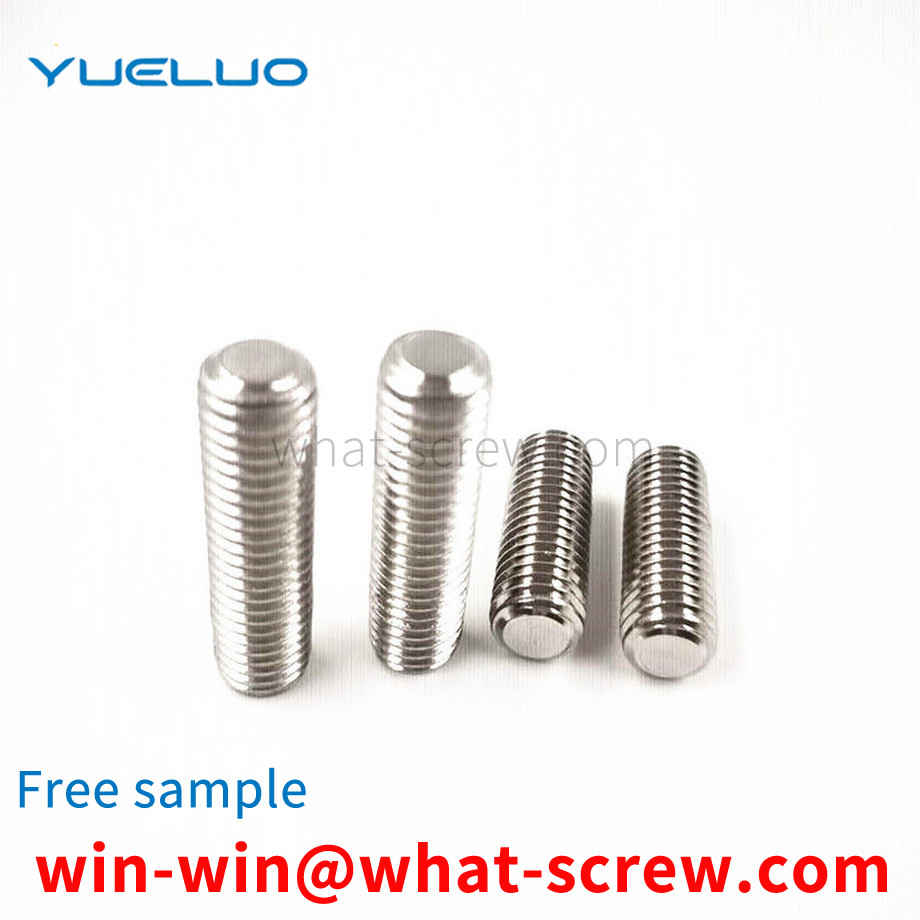
Rivet nuts are mostly used in some chassis cabinets, square tubes and round tubes, fan production, equipment production, and zinc steel guardrails. Next, let’s talk about rivet nuts. The rivet nuts are also used on the top of the chassis cabinet sheet to provide threads. Its mode of operation is to use a riveting machine for riveting. In this case, the requirements will be higher, and a riveting machine is required. After the pressure riveting nut is riveted to the upper side of the sheet, it is very flat and will not have protrusions. Pressure riveting nuts are mainly used in the production of some chassis and cabinets, as well as some equipment production, water pumps, automobiles, and other production enterprises.

Other names of lock nut: root nut, locknut, nut. Purpose: To lock the outer joint of the through wire or other pipe fittings. The working principle of the nut is to use the friction between the nut and the bolt for self-locking. However, the reliability of this self-locking is reduced under dynamic loads. In some important occasions, we will take some anti-loosening measures to ensure the reliability of the nut locking. Among them, the use of lock nuts is one of the anti-loosening measures. There are also three types of lock nuts: The first is to use two identical nuts to screw on the same bolt, and add a tightening torque between the two nuts to make the bolt connection reliable. The second is a special anti-loosening nut, which needs to be used together with a kind of anti-loosening washer. The special lock nut is not a hexagonal nut, but a medium round nut. There are 3, 4, 6 or 8 notches on the circumference of the nut (depending on the size of the nut and the product series of the manufacturer). Several notches are both the focal point of the tightening tool and the snap-in of the lock washer bayonet. The third type is to drill through threaded holes from the outer surface of the nut to the inner thread surface (usually 2, which are distributed at 90 on the outer surface), which are used to screw in small-diameter countersunk head screws. The purpose is to give the thread Apply a centripetal force to prevent the locknut from loosening. The better quality lock nut sold on the market is inlaid with a small copper block that is consistent with the thread of the lock nut on the inner surface of the nut to prevent the radial jacking screw from directly contacting the locked thread and damaging the latter. . This kind of lock nut is gradually applied in the shaft end locking of rotating motion parts, such as the anti-looseness of the bearing at the mounting end of the ball screw. The second anti-loosening method is more reliable than the first, but the structure is relatively complex. Compared with the first two, the third clock has the characteristics of better anti-loosening effect, simpler and more beautiful structure and smaller axial size.
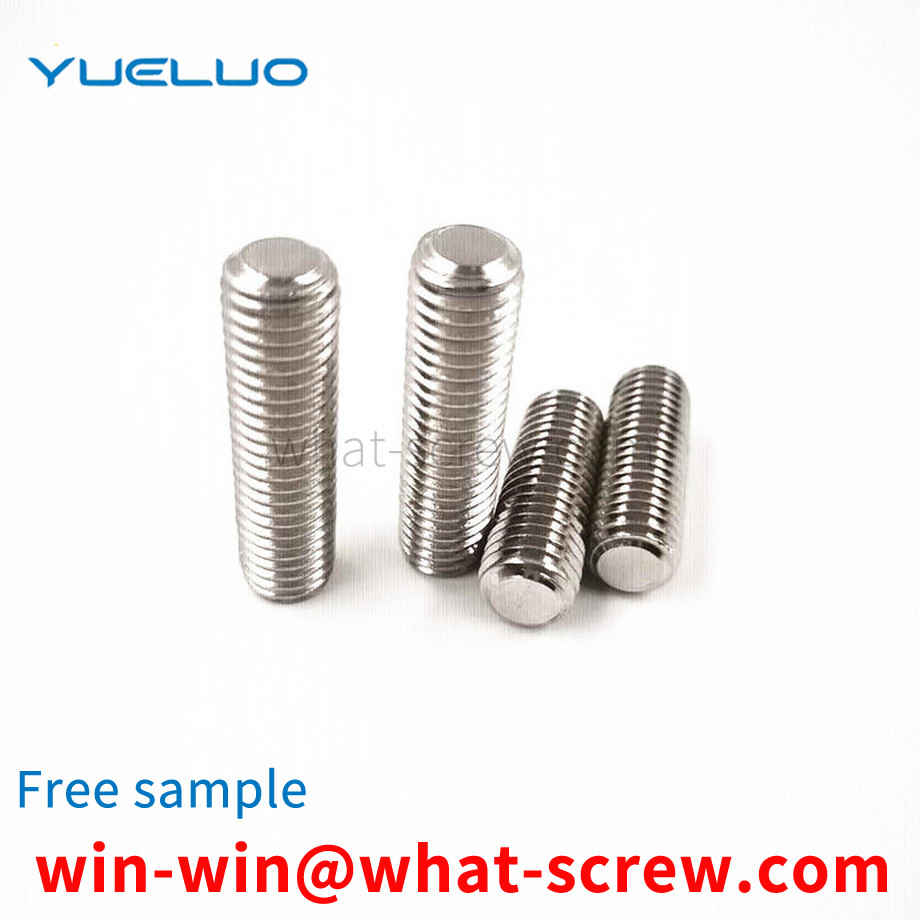
The above content is uploaded by Yueluo or the Internet. If there is any copyright issue, please contact [email protected].

What is the tolerance range of precision screws?

How to choose the right stainless steel screw manufacturer?

Why is there an R angle under the head of the hexagon head s...

We have more than ten years of production experience in the ...

We have more than ten years of production experience in the ...
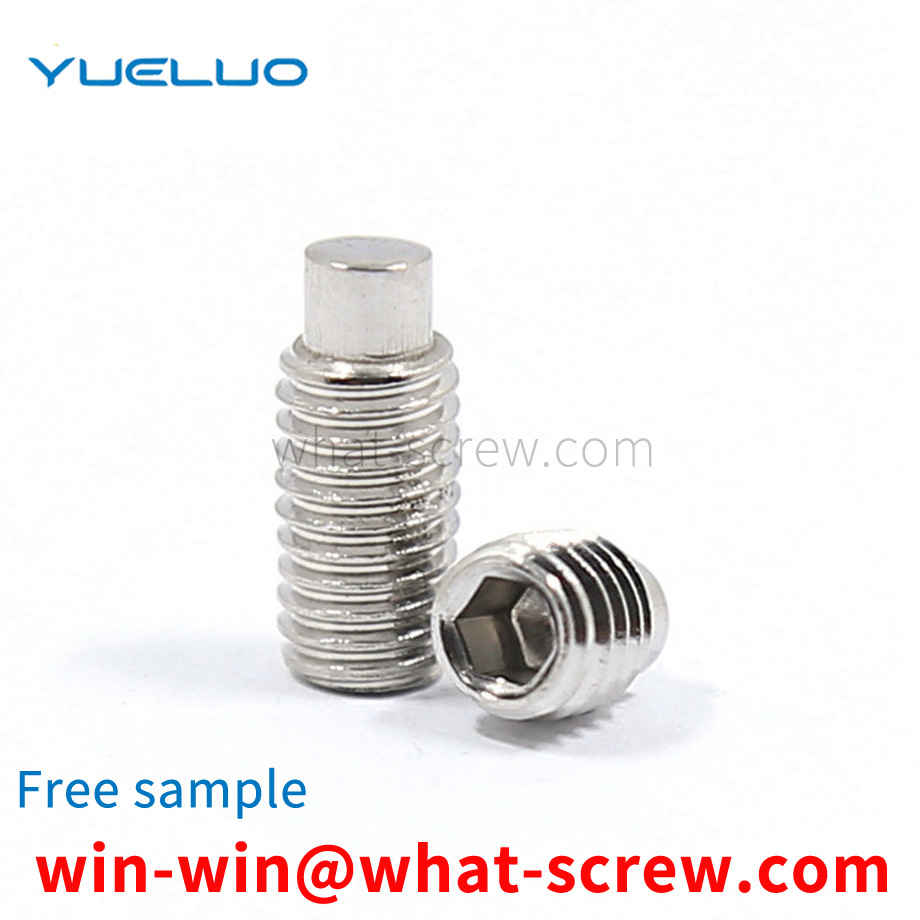
We have more than ten years of production experience in the ...

We have more than ten years of production experience in the ...